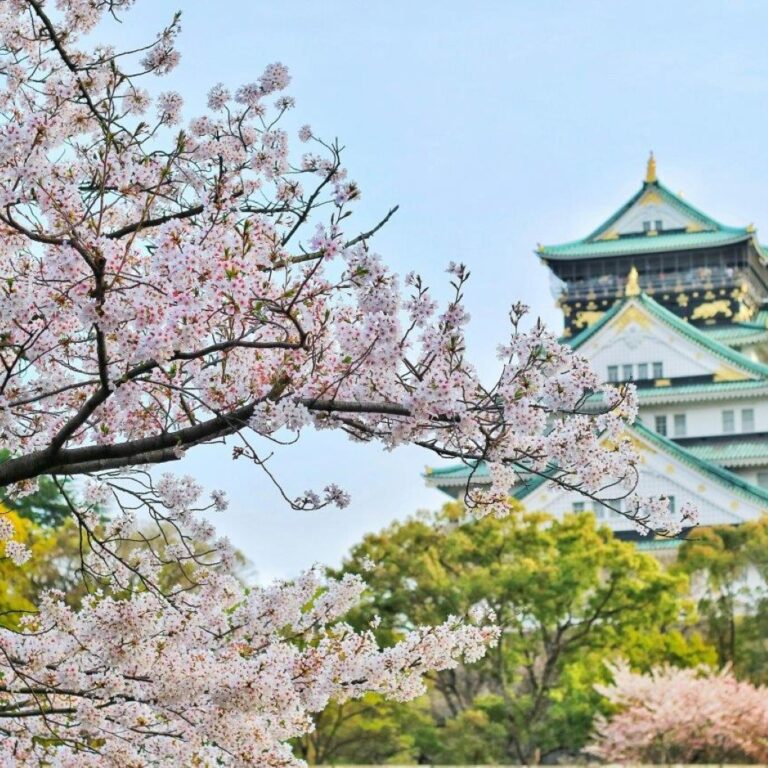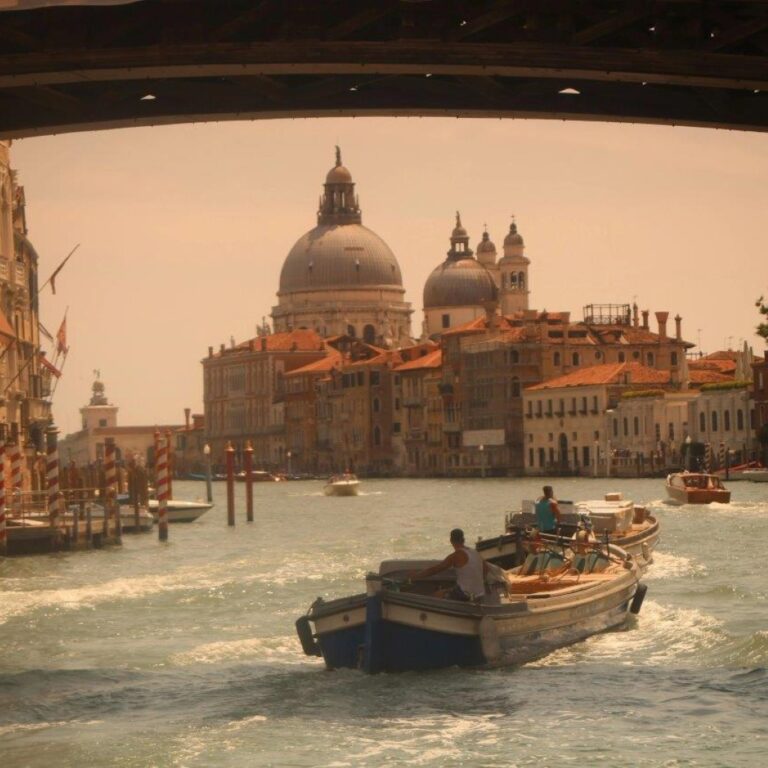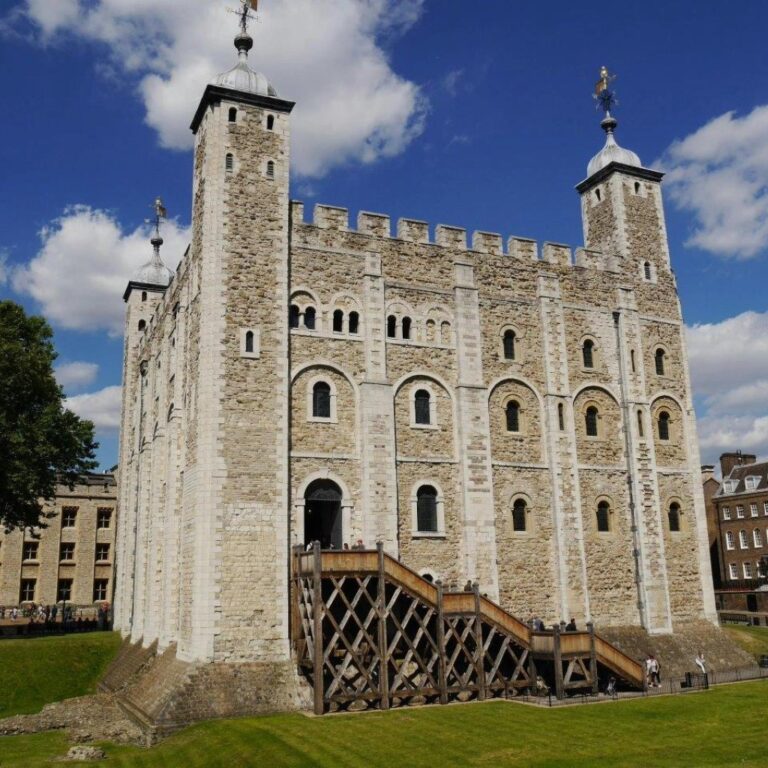Osaka was historically known as Naniwa and served as Japan's capital in the 7th and 8th centuries.
The city is often referred to as the 'Nation's Kitchen' due to its reputation as a culinary hub.
Osaka Castle, originally built in 1583 by Toyotomi Hideyoshi, is one of Japan's most famous landmarks.
The city is home to Universal Studios Japan, one of the most popular theme parks in the country.
Osaka's Dotonbori district is famous for its vibrant nightlife, neon lights, and iconic Glico running man sign.
The Umeda Sky Building features a unique 'Floating Garden Observatory' offering panoramic views of the city.
Osaka Aquarium Kaiyukan is one of the largest public aquariums in the world, featuring a wide variety of marine life.
The city is known for its delicious street food, including takoyaki (octopus balls) and okonomiyaki (savory pancakes).
Osaka hosts the annual Tenjin Matsuri, one of Japan's top three festivals, featuring a lively river procession and fireworks.
The city's Sumiyoshi Taisha Shrine, founded in the 3rd century, is one of Japan's oldest Shinto shrines.
The city has a bustling shopping scene, with popular areas like Shinsaibashi, Namba, and Umeda offering a mix of traditional and modern stores.
The Osaka Loop Line, operated by JR West, provides convenient access to many of the city's major attractions.
Osaka is known for its friendly and outgoing residents, often described as more laid-back compared to those in Tokyo.
The city's Nakanoshima district is home to beautiful parks, museums, and the historic Osaka City Central Public Hall.
Osaka is a major economic center, contributing significantly to Japan's economy with industries like manufacturing, commerce, and finance.


